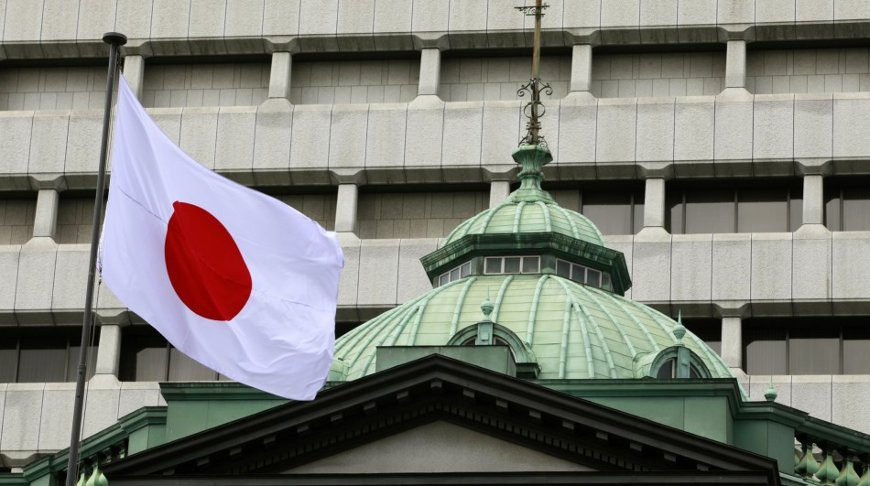
The Bank of Japan refuted market speculation about additional policy changes by stepping up efforts to defend its stimulus package to sustain the economy, which caused the Japanese yen to fall precipitously versus the US dollar. Bond yields were also impacted, and they dramatically decreased.

The council of Governor Haruhiko Kuroda kept the target yield of 10-year bonds under its curve control program at around 0% and the negative interest rate at -0.1% today, according to the most recent statistics.
The central bank also declared that it would keep up its massive bond purchases and, if necessary, increase them. Furthermore, the Central Bank increased the amount of loans available to commercial banks to encourage them to buy more government debt to justify its ultra-easy policy. This was another way the regulator showed its commitment to regulating the yield curve in the near future.
The Bank of Japan's revised predictions also revealed that officials continue to doubt that inflation will stay over 2% on a sustained basis in the years to come, justifying additional stimulus even after Kuroda steps down in April.
Experts claim that the statement's earlier-than-anticipated release revealed a consensus among the Bank of Japan Board of Directors. There were hopes that the Japanese regulator would budge in response to the political stance taken by the Federal Reserve System, the European Central Bank, and the Bank of England. However, this did not happen.
The yield on benchmark 10-year bonds decreased by more than 10 basis points to below 0.4% after the rulings were released, as I mentioned above, while the yen dropped by more than 2% to 131.25 per dollar. Regarding the USD/JPY pair's technical picture, the nearest resistance level is 132.20. If this range is broken, the trading instrument, which is now at 136.50, will rise much higher, and the pressure on the dollar will resume. If the support level of 127 is tested again and broken, we can anticipate a further decline in the dollar to a level around 122.40, where the demand for the yen will diminish once more, causing a small upward move in the pair.
Let me remind you that there is a growing expectation that the Bank of Japan will take more explicit action to normalize policy. Many economists began discussing rising interest rates this year after the regulator unexpectedly increased its target range of 10-year yields to 0.5% last month, a move that three-quarters of those surveyed saw as a move toward normalizing policy. However, based on the direction the Japanese regulator is currently heading, such modifications shouldn't be anticipated.
Kuroda's extensive program of ultra-soft policy has come under the heaviest criticism numerous times, but the regulator has persisted in purchasing bonds each time to affect their profitability and thereby boost the economy. At first, Kuroda argued that the action taken last month was intended to enhance market functionality. Although the yield limit was raised to 0.5% in December, this did not affect liquidity, and the Kuroda-noted yield curve distortion has subsequently gotten worse. Even before the governor's tenure ends, more steps will be taken, according to some experts.